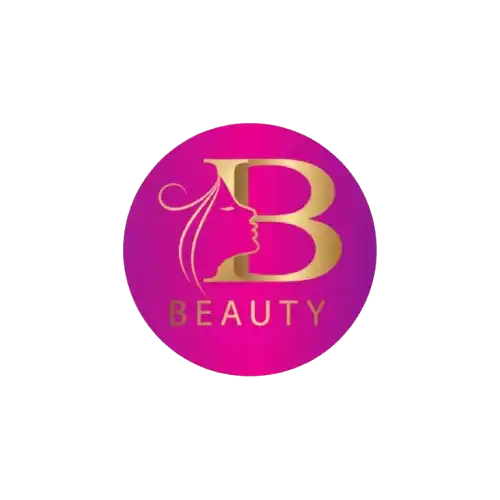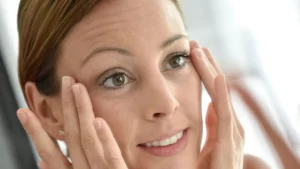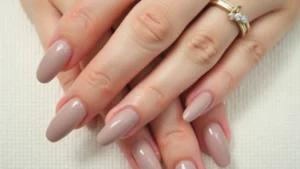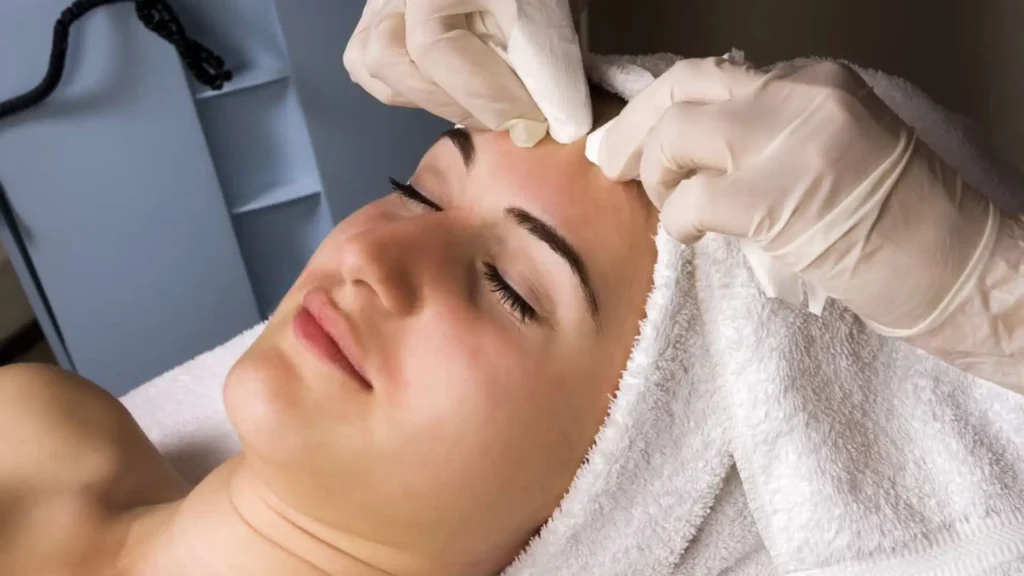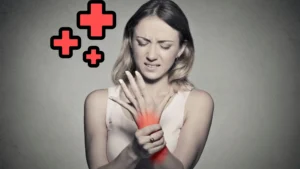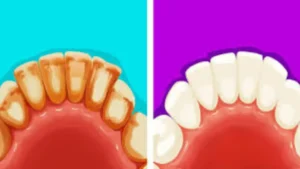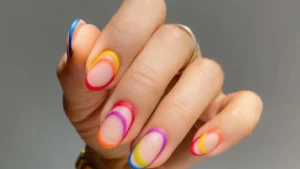Dealing with stubborn blackheads can be frustrating. But, with the right approach, you can get clear, radiant skin. Blackheads form when sebum, oil, dead skin cells, and bacteria build up in hair follicles. This buildup oxidizes, turning the opening black and creating the visible blackhead. popping blackheads
People prone to acne and those with a genetic predisposition are more likely to get blackheads. Hormonal changes can also lead to more sebum, making blackheads worse. Severe sun damage can make pores bigger, leading to more blackheads.
There are ways to prevent and treat blackheads. Topical or oral retinoids can clear pores and stop new blackheads. Chemical exfoliants like salicylic acid and glycolic acid help break down dead skin and oil. Professional extractions by licensed estheticians can safely remove blackheads, reducing breakouts and preventing more skin problems.
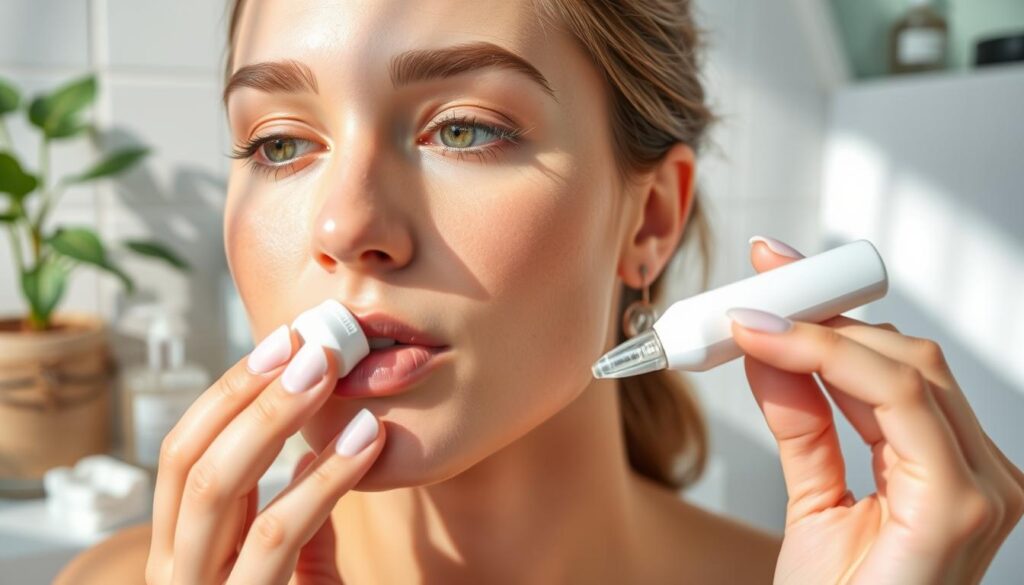
Whether you choose professional treatments or DIY methods, it’s key to use safe and effective techniques. This guide will cover the science behind blackheads, the benefits of professional extractions, and the best at-home tools and products. We’ll help you keep your skin clear and radiant.
Understanding Blackheads: Causes and Formation
Blackheads are a common skin issue. They happen when sebum, dead skin cells, and bacteria get stuck in hair follicles. This creates clogged pores called comedones. The dark color comes from the oxidation process, where the mixture turns black when exposed to air.
The Role of Sebum and Dead Skin Cells
Sebaceous glands make sebum, an oily substance that keeps your skin moist. But too much sebum and dead skin cells can clog pores. These clogs are the start of blackheads.
How Oxidation Creates Black Appearance
When sebum and dead skin cells mix with air, they oxidize. This turns the clogged pore black. This is why blackheads look dark.
Common Areas for Blackhead Formation
Blackheads often appear on the face, especially the nose, chin, and forehead. These spots have more sebaceous glands. They can also show up on the neck, chest, back, and shoulders, where there are more glands.
The Science Behind Pore Blockages
Understanding pore blockages is key to treating and preventing blackheads. Sebaceous glands under the skin produce sebum, a natural oil. This oil keeps the skin moist. But, when glands make too much sebum, dead skin cells and bacteria can clog pores, causing blackheads.
Dead skin cells sticking together also causes blockages. Normally, skin cells shed regularly. But, when this doesn’t happen, dead cells can block pores. This traps sebum, dead cells, and bacteria, leading to blackheads.
Retinoids, like tretinoin, help by speeding up skin cell turnover. They also make skin cells less sticky. This prevents pores from getting blocked and reduces blackheads. Hormonal changes also affect sebum production, so balancing hormones can help treat blockages.
Knowing how pore blockages work helps you tackle the problem. You can manage sebum, promote skin cell turnover, and balance hormones. These steps can help prevent and treat blackheads effectively.
Professional Extraction Methods and Benefits
At-home methods might not work for everyone, especially when dealing with inflamed blemishes. That’s when a trained esthetician can help. They start by cleaning and preparing your skin. This might include steam, exfoliation, or a comedone extractor to gently remove blackheads.
What to Expect During a Professional Treatment
The esthetician will use gentle pressure or a special tool called a comedone extractor. This tool helps remove sebum and dead skin cells from your pores. The goal is to make your skin look better right away and prevent future breakouts.
Benefits of Professional Extractions
Professional facial extractions have many benefits. They can make your skin clearer and more even-toned. They also help reduce congestion and improve how well products absorb into your skin. This leads to healthier, more radiant skin.
When to Seek Professional Help
If you have stubborn blackheads or they’re inflamed, a dermatologist might suggest professional help. They can offer treatments like chemical peels, microdermabrasion, or laser resurfacing. These are for more serious skin issues.
Safe Techniques for Popping Blackheads at Home
Dealing with pesky blackheads can be tempting, but it’s crucial to approach the task with caution. Before attempting any at-home extractions, make sure to thoroughly wash your hands with soap and water. This simple step helps minimize the risk of infection and ensures proper sanitization.
When it comes to the extraction process, use gentle pressure instead of aggressive squeezing. Wrap your fingers in clean cotton or tissue to protect your skin from any potential damage. Avoid using your fingernails, as they can tear the delicate pore and lead to further irritation.
For best results, perform extractions after a warm shower or steam treatment, as this helps open up the pores and soften the blockages. If a stubborn blackhead doesn’t budge, leave it be and try again another day – forcing it can result in redness, inflammation, and even scarring.
After the extraction, apply a soothing toner, such as witch hazel, to help calm the skin and provide antimicrobial benefits. This can help prevent any post-extraction breakouts. Remember, never attempt to pop inflamed or red pimples at home, as this can worsen the condition and lead to further complications.
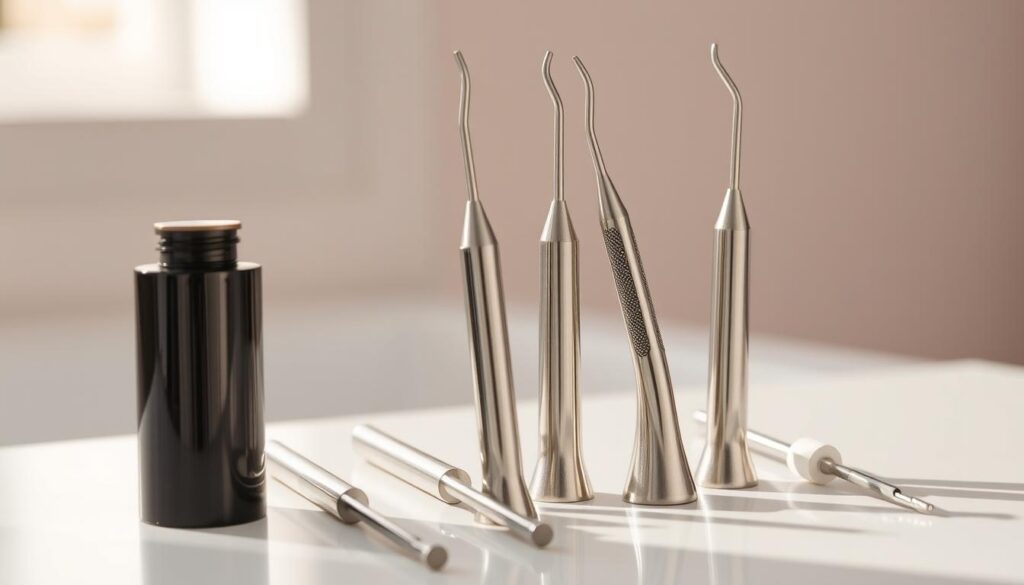
By following these safe techniques and proper aftercare, you can effectively manage blackheads at home without compromising the health of your skin. Remember, if you encounter persistent or severe blackhead issues, it’s always best to consult a dermatologist for professional advice and treatment.
Essential Tools and Products for Blackhead Removal
To fight stubborn blackheads, you need the right tools and products. Comedone extractors are key for professional extractions and can work wonders at home. These metal tools help remove blackheads safely without irritating your skin.
Comedone Extractors and Their Proper Use
Start with a clean, steamed face to open pores and soften blackheads. Use the loop-shaped end of the extractor gently over the blackhead. Apply gentle pressure to guide the content out. Don’t squeeze too hard, as it can harm your skin and cause inflammation or scars.
Recommended Skincare Products
Along with extraction tools, some skincare products can help with blackheads. Look for cleansers with salicylic acid, a chemical exfoliant that unclogs pores. Retinoids, like Differin, promote cell turnover and reduce blackheads. Chemical exfoliants with alpha or beta hydroxy acids also help remove dead skin cells and clear pores.
Safety and Sanitization Tips
Sanitizing tools is crucial when using extraction tools. Sterilize your comedone extractor and hands before and after use to avoid bacteria spread and infection risk. Don’t over-exfoliate, as it can remove natural oils and cause more breakouts. Stick to a gentle, consistent skincare routine for a healthy complexion.
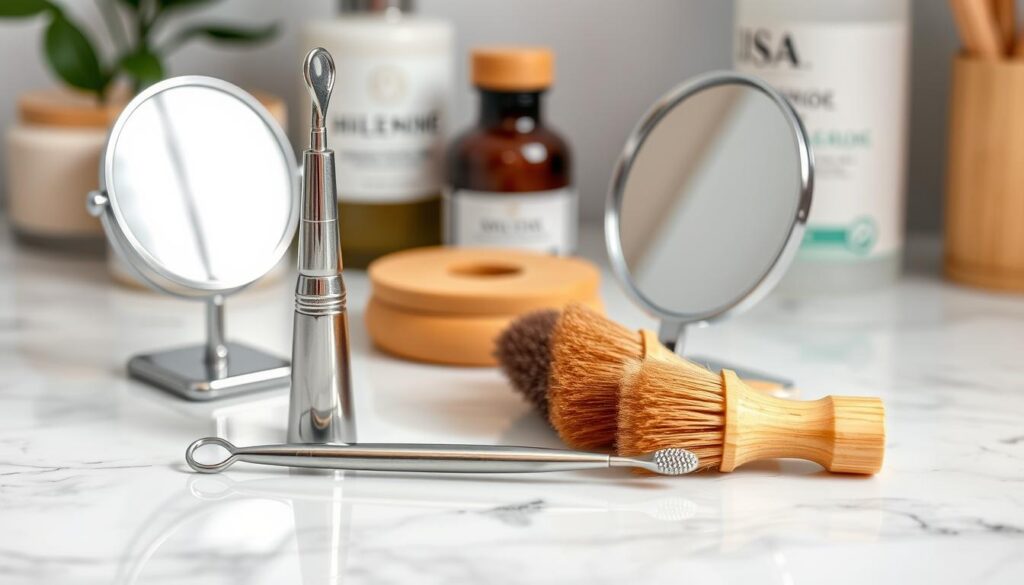
The Role of Chemical Exfoliants in Blackhead Treatment
Chemical exfoliants like salicylic acid (BHA) and glycolic acid (AHA) are great for fighting blackheads. Salicylic acid goes deep into pores to clear them out and boost cell turnover. Glycolic acid, on the other hand, removes dead skin cells, leaving your skin looking brighter and smoother.
Dermatologists suggest using products with 2-4% salicylic acid or 10% glycolic acid for the best results. You can find these in cleansers, toners, or serums. Adding them to your skincare routine regularly is key to keeping your skin clear. But, be careful not to overdo it, as it can cause irritation and dryness.

Used right, these chemical exfoliants can do amazing things for your skin. They tackle the main causes of blackheads, keeping your skin healthy and glowing. This means fewer blemishes and a more radiant complexion.
Preventive Measures and Daily Skincare Routine
To prevent blackheads, start with a gentle, noncomedogenic cleanser in the morning. This cleanser removes excess oil and dirt without drying out your skin. Next, apply a salicylic acid treatment, like the CeraVe Acne Control Cleanser, to gently exfoliate and clear pores.
End your morning with a lightweight, oil-free moisturizer and a broad-spectrum SPF 30 or higher. This protects your skin from the sun’s harmful rays.
Evening Skincare Protocol
Double cleanse in the evening to remove makeup, sebum, and pollutants. Use the CeraVe Acne Control Gel, with 2% salicylic acid, to prevent new blackheads and acne. Finish with a hydrating, noncomedogenic moisturizer, like the CeraVe PM Facial Moisturizing Lotion, to keep your skin’s barrier intact. popping blackheads
Weekly Treatment Schedule
Do a weekly deep-cleansing treatment, like a clay mask or a chemical exfoliant with retinoids. These treatments help remove stubborn blackheads and improve your skin’s clarity. Always follow the instructions and avoid over-exfoliating to keep your skin balanced.
Consistency is crucial in preventing blackheads. Stick to your daily routines and avoid touching your face. Also, change your pillowcases often. By following these steps and using noncomedogenic products, you can keep your skin clear and healthy.
Natural Remedies and DIY Solutions
Natural remedies can help with blackheads, alongside professional treatments. Honey has antimicrobial properties that unclog pores and prevent breakouts. Tea tree oil is a natural antiseptic that cleanses the skin and reduces inflammation. popping blackheads
Clay masks, like bentonite or kaolin, are great DIY options. They absorb excess oil and pull out impurities from deep pores. Apple cider vinegar can also balance your skin’s pH, leading to a healthier, less acne-prone face. popping blackheads
But, be careful with natural remedies as they can irritate some skin. Always test new products on a small area before using them on your face. If you’re unsure, talk to a dermatologist for advice. Natural solutions can be a good addition to your skincare routine. popping blackheads
Discover more trends:
- Blackhead-Free Skin Made Easy: The Ultimate Safe Extraction Guide
- Comprehensive Guide: How to Remove Blackheads Effectively
- The Best Facial Scrubs to Remove Blackheads
- 4 Home Remedies for Blackheads That Actually Work
- 26 SkinCare Mistakes You Should Stop Making Right Now for Healthier Skin
- Follow us on Facebook
- Follow us on Pinterest
